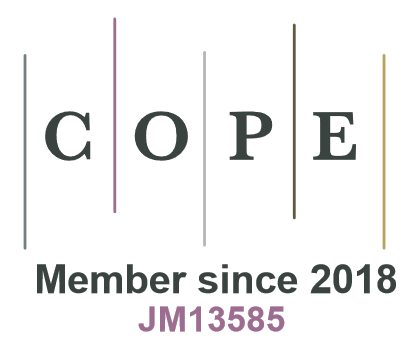Select issue
Silva Fennica 1926-1997
1990-1997
1980-1989
1970-1979
1960-1969
1950-1959
1940-1949
1926-1939
Acta Forestalia Fennica
1992-1999
1984-1991
1974-1983
1968-1973
1953-1968
1933-1952
1913-1932
Articles containing the keyword 'mycorrhizae'
Category : Research article
article id 564,
category
Research article
(2002).
The regeneration niche of white spruce following fire in the mixedwood boreal forest.
Silva Fennica
vol.
36
no.
1
article id 564.
https://doi.org/10.14214/sf.564
Abstract |
View details
|
Full text in PDF |
Author Info
Early establishment of white spruce (Picea glauca) in mixedwood boreal forest stands following fire was examined at several times-since-fire (1-, 2-, 4-, 6-, 14-years). Abiotic and biotic conditions in the stands were assessed at two scales, tree plot (5 m x 5 m) and microsite (1 m x 1 m), along with presence, density and height of white spruce seedlings. Germination and survival of seed sown 1- and 4-years post fire were quantified. Survival and growth of nursery-grown seedlings, and mycorrhizal colonization, survival and growth of sterile seedlings, planted 1-year post-fire were assessed. At the tree plot scale, presence of white spruce seedlings 1-year post-fire could be reliably predicted by organic layer depth and distance to and strength of seed source. In contrast, none of the biotic or abiotic factors measured was strongly correlated with occurrence or density of white spruce seedlings 6- and 14- years post-fire. At the microsite scale, seedling recruitment immediately post-fire was limited to a distinct subset of available microsites (greater % cover of downed wood and moss, lower % cover of litter and herbaceous vegetation). Likewise, seedling occurrence in older burns was associated with distinct microsite conditions; although this was more likely an effect of white spruce presence, rather than the cause. Less than 3% of seed sown 1 yr post-fire survived to become 1yr old germinants, survival was 41% over the next three years. Availability of suitable regeneration microsites declines rapidly with time-since-fire; less than 0.3% of seed sown 4 yrs post-fire survived one year. High rates of mycorrhizal colonization were found on white spruce seedlings planted 1-year post-fire, including early and late stage fungal species. Microsite characteristics were only weakly correlated with mycorrhizal fungal communities. We propose that immediate post-fire recruitment of white spruce is a key process in mixedwood boreal succession.
Click this link to register to Silva Fennica.
If you are a registered user, log in to save your selected articles for later access.
Your selected articles


